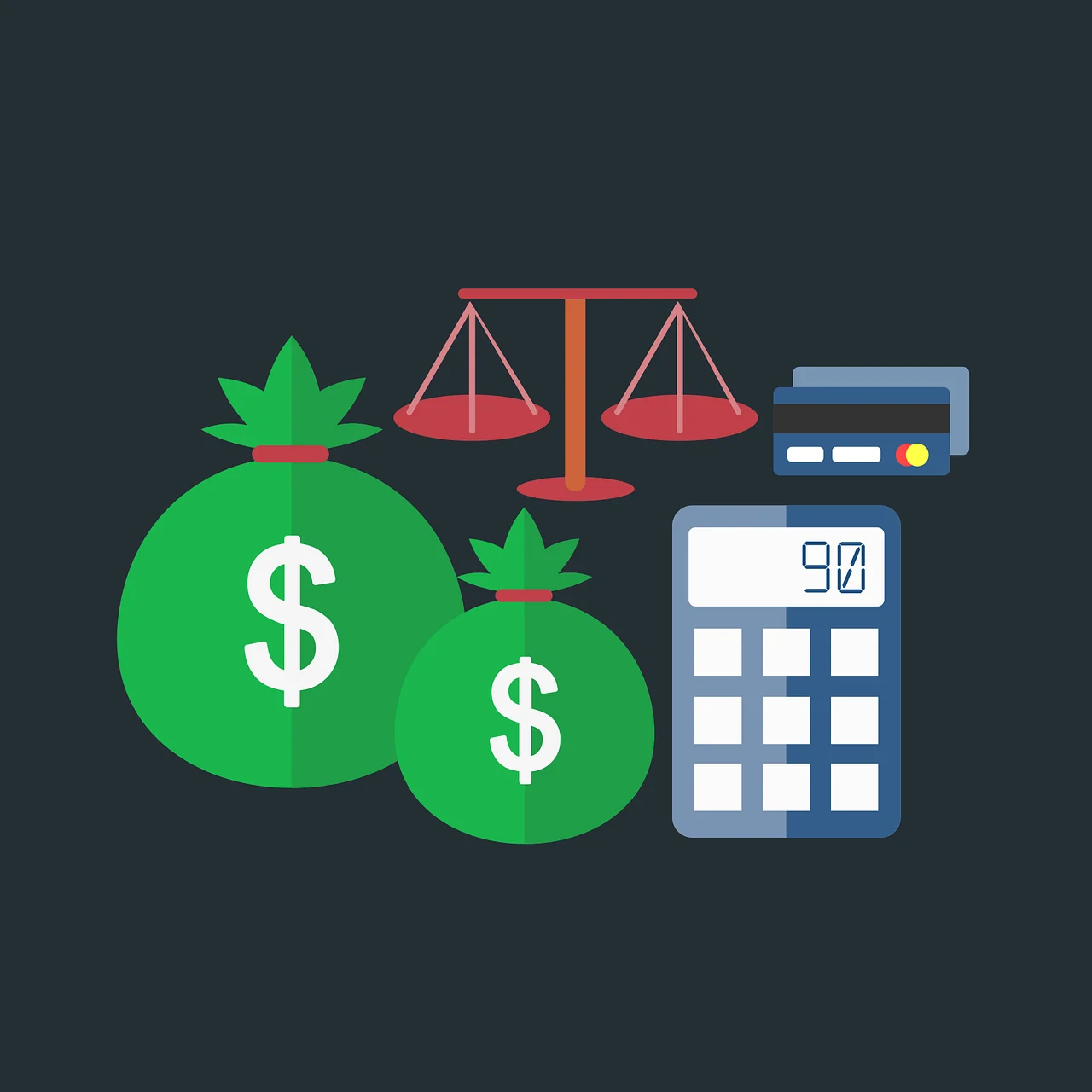Choosing Financial Products & Services That Are Right for You
Published on June 16, 2025 | By WealthFusions Finance Team
Selecting the right mix of financial products in Canada—like credit cards, loans, and insurance—can make or break your budget and long‑term goals. With 500+ credit cards, dozens of loan options, and hundreds of insurance plans available, decision fatigue is real. In this guide, we’ll walk you through 7 key steps to evaluate and choose the products and services that fit your unique needs, backed by up‑to‑date rates, real‑world examples, and comparison tables.

1. Clarify Your Financial Goals
Start by defining what you need each product for:
- Short‑term cash flow: high‑limit chequing, no‑fee credit cards.
- Emergency savings: high‑interest savings or GICs (1‑year GIC at 4.00% APY).
- Debt repayment: low‑rate line‑of‑credit or balance‑transfer card.
- Long‑term growth: TFSA/RRSP investment accounts.
2. Compare Costs & Fees
Fees can erode returns—know what you’re paying:
| Product | Fee Type | Range | Notes |
|---|---|---|---|
| Credit Cards | Annual Fee | $0 – $150+ | Rewards cards up to $699/yr |
| Lines of Credit | Interest Rate | Prime + 0.5% – 6% | Secured vs. unsecured |
| GICs | Purchase Fee | 0% | Penalty for early redemption |
| Insurance | Premium | $20 – $200+/mo | Varies by age, health, coverage |
3. Analyze Interest Rates & Returns
- Credit card APR: 19% – 29% (avg. 20.99%).
- Balance transfer: 0% intro for 12–18 months, then 19.99%.
- TFSAs: Cash GICs at 4.00%; equity ETFs ~6% annualized historical.
4. Evaluate Rewards & Perks
- Cash back cards: 1.5% avg. on all purchases, up to 4% in categories.
- Travel cards: 25,000 – 80,000 points sign-up bonuses (worth $250–$800).
- Insurance perks: rental car damage waiver, travel medical coverage.
5. Assess Flexibility & Terms
- Prepayment penalties: GICs often charge 1–3%.
- Credit limit changes: Some cards allow limit increases after 6 months.
- Cancellation policy: Annual fees prorated or non‑refundable?
6. Check Provider Reputation & Support
- Phone/chat wait times under 3 minutes.
- Complaint resolution rate ≥ 90% (FCAC data).
- Online reviews: aim for ≥4 stars on major forums.
7. Leverage Expert Tools & Calculators
Summary & Next Steps
Choosing the right financial products means aligning costs, benefits, and your goals. Follow these 7 steps to make informed decisions. Ready to optimize your portfolio?
Visit this page today to get a craft of personalized product mix.
Frequently Asked Questions
- 1. Which credit card is best for beginners?
- No-fee cards with 1–2% cash back, e.g., Tangerine Money-Back Card.
- 2. Is a personal line of credit better than a credit card?
- LOCs typically have lower interest (prime + 0.5%) but require more discipline.
- 3. How much should I keep in an emergency fund?
- 3–6 months of essential expenses in a high-interest savings account or GIC ladder.
- 4. Are insurance add‑ons worth it?
- Yes, especially for frequent travelers or renters.
- 5. What’s the best way to compare loan rates?
- Use a loan amortization calculator to compare total interest over time.
- 6. Can rewards offset annual fees?
- Yes—if your annual spending generates enough value. Run the numbers.
- 7. How do I switch insurance providers?
- Compare quotes, align new coverage start date, and cancel old policy.
- 8. Do I need multiple products at one institution?
- No—shop for the best rate/product independently.
